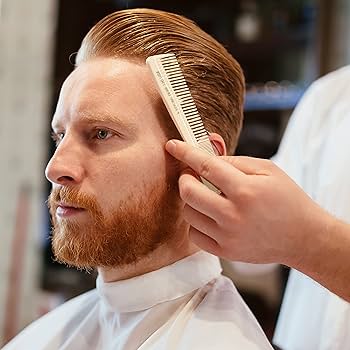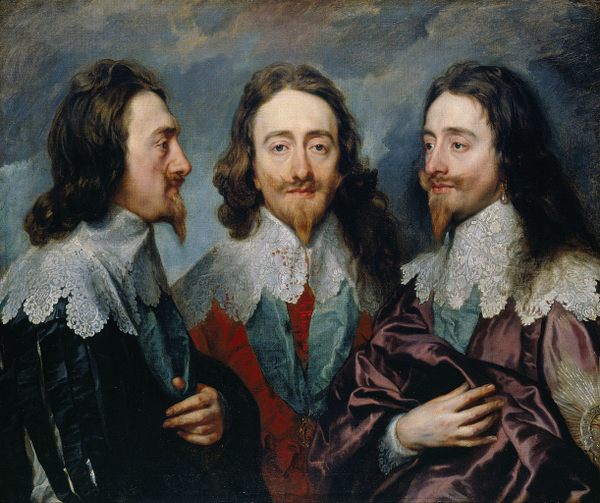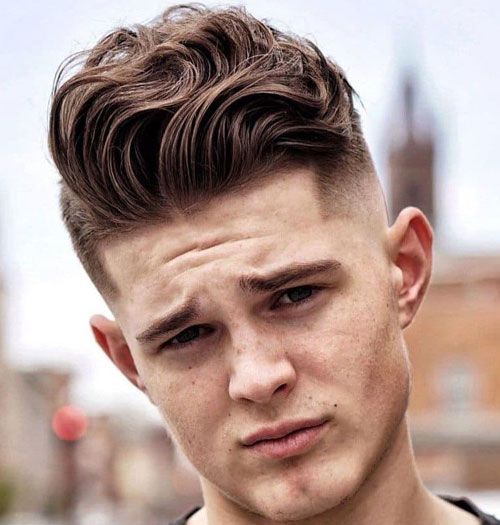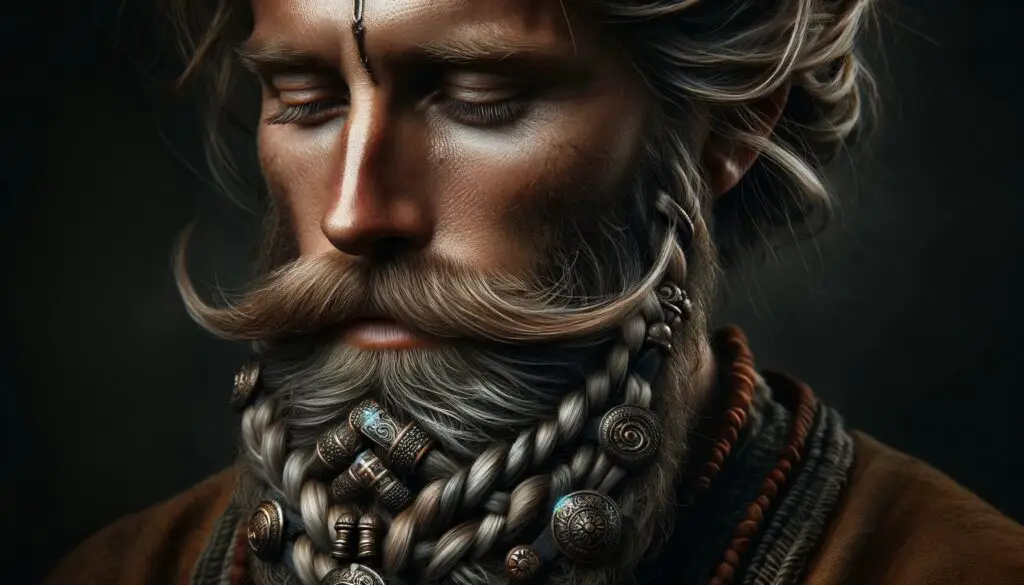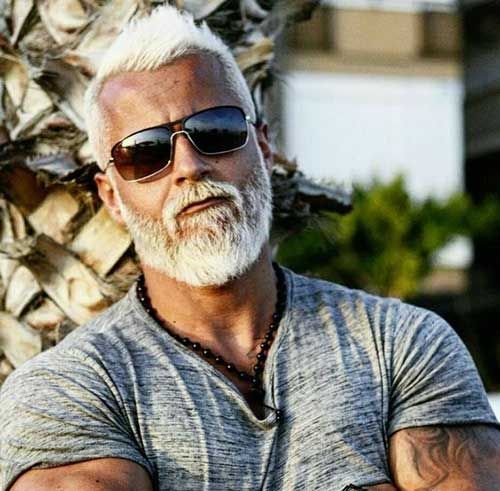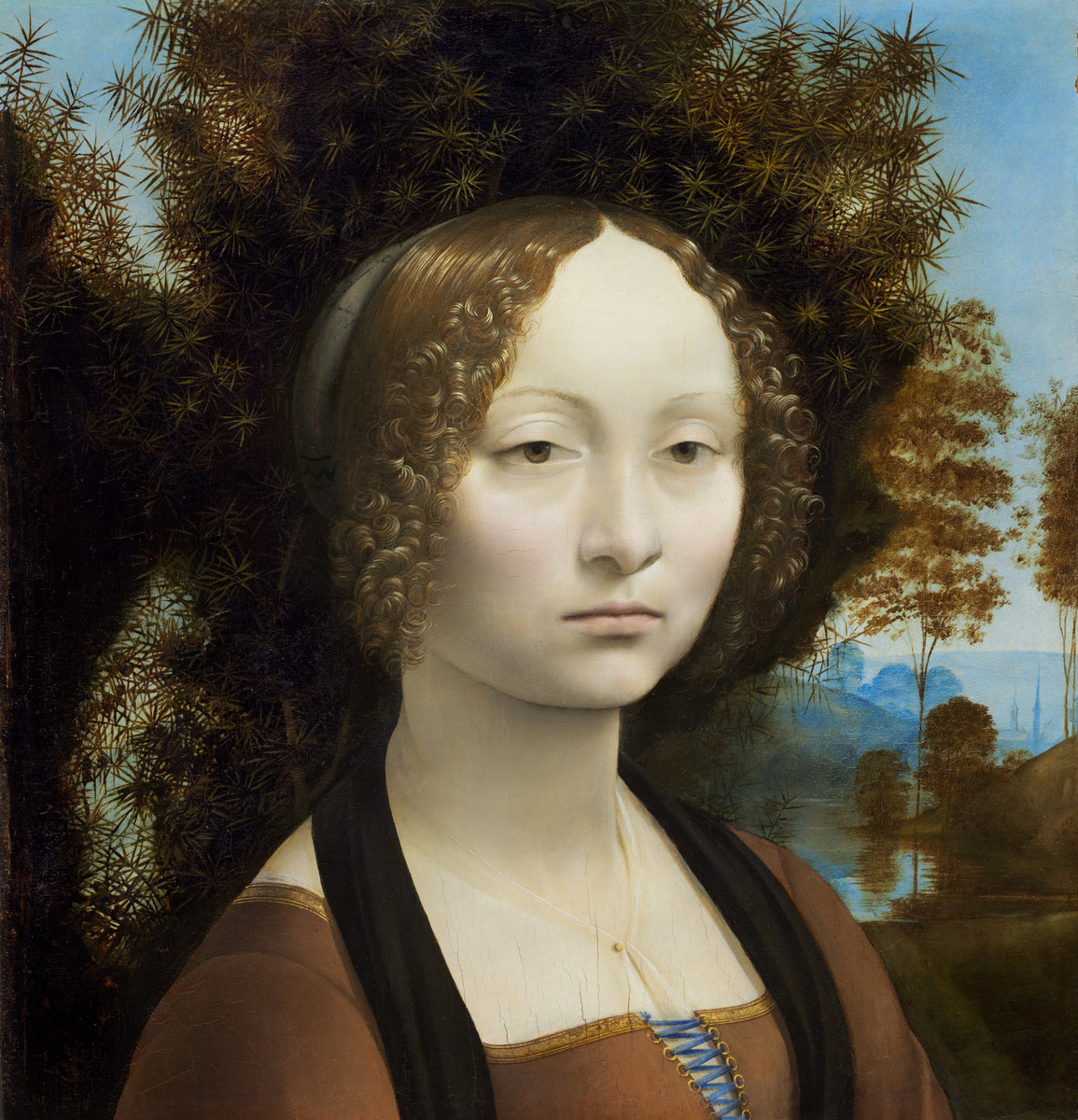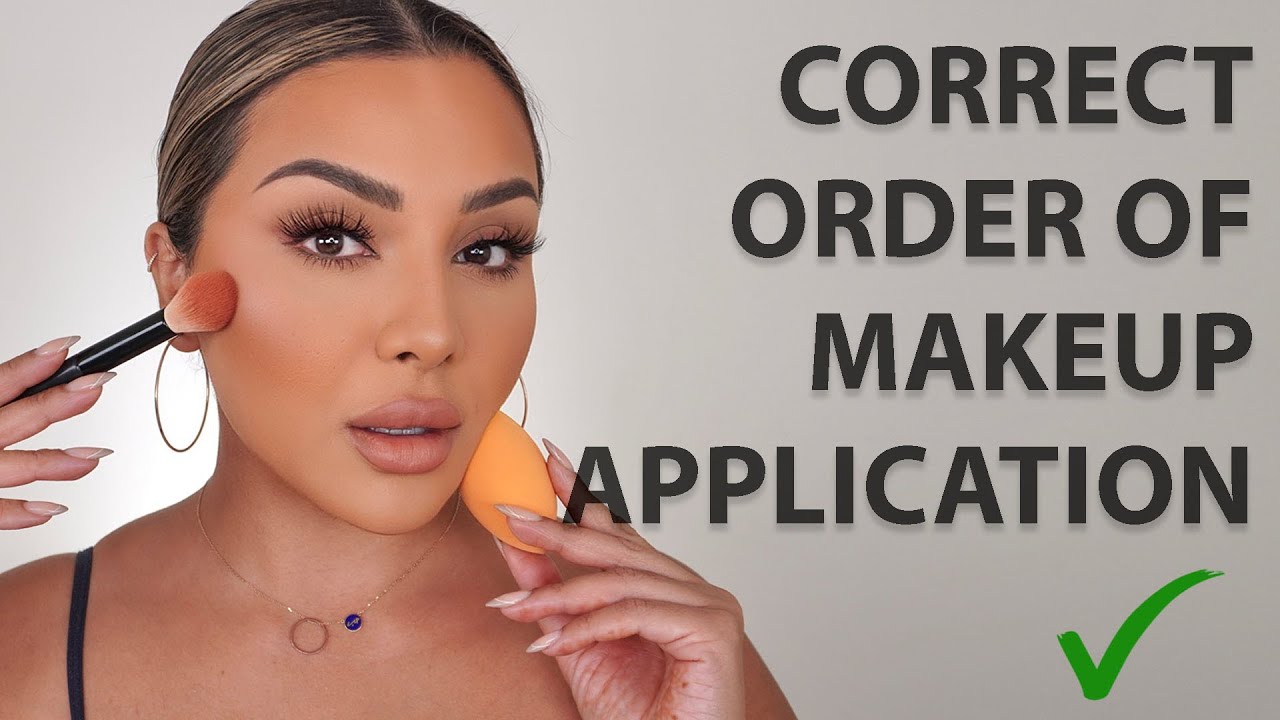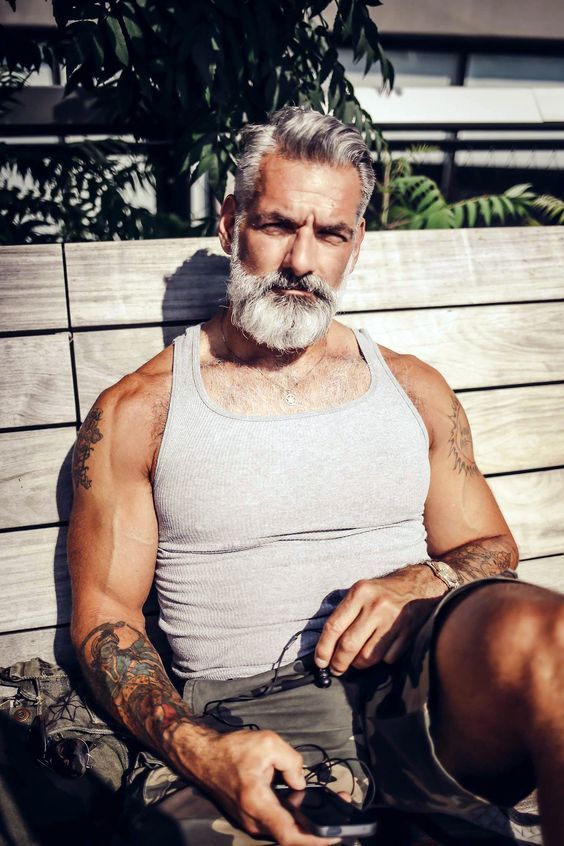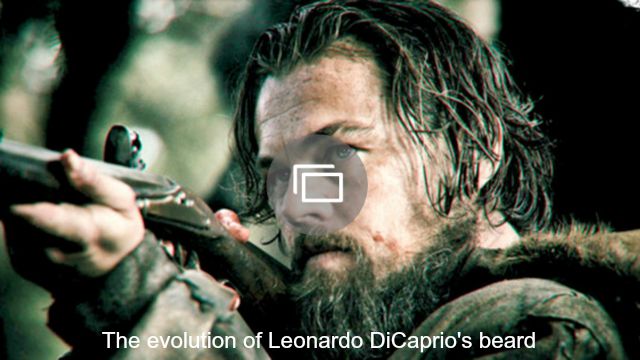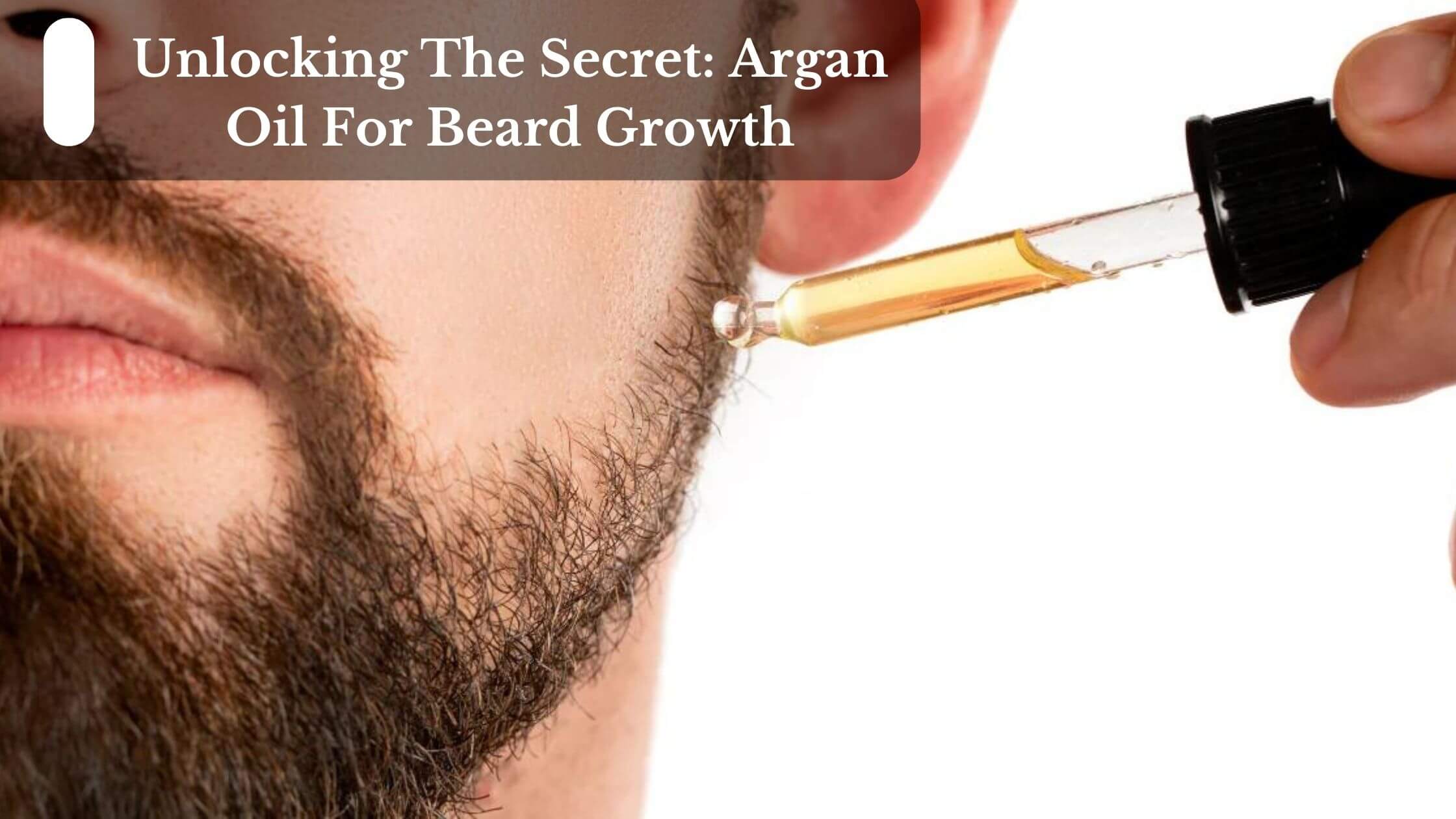Beard Trimming Comb: Mastering the Art of Precision
List:
– Importance of using a beard brush and comb for maintaining facial hair
– Differences between beard brushes and beard combs
– Factors to consider when choosing a brush or comb (length of beard, hair texture, volume)
– Guidance on how to pick the best beard brush and comb
– Types of bristles and materials used in beard brushes (boar hair, wood, synthetic material, ox horn)
– Benefits of using natural brushes (horse hair or boar hair)
– Durability and stability of beard brushes
– Consequences of using flimsy or stiff brushes
– Suitability of wide-tooth and narrow-tooth combs for different beard types
– Recommended materials for combs (wood or horn instead of plastic or metal)
– Benefits of brushing the beard (exfoliation, conditioning, distribution of natural oils, healthier hair, stimulation of beard growth, thicker look, taming bushy beards)
– Timing for using a beard brush (after at least three months of growing facial hair)
– Benefits of using a beard comb (removing dead skin cells, bacteria, tangled hair, accuracy, precision)
– Techniques for combing and brushing the beard (direction based on desired look, consideration of beard length)
– Reviews and features of the beard trimming comb (rated 5.0/5.0, handmade from cellulose acetate, individually cut, reduces split ends and breakage, coarse and fine toothed options, available in three sizes)

